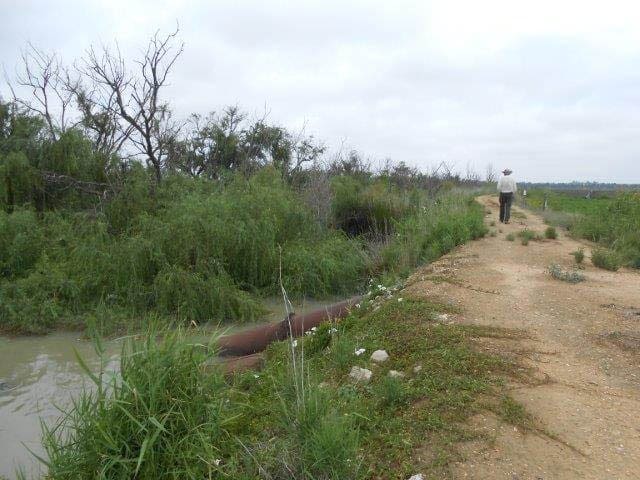Hike at a Glance
Max elevation: 17m
Min elevation: 2m
Total Ascent: 188m
Hike overview
The Nukan Kungun Hike, translating to "Looking and Listening" in the Ngarrindjeri language, is a moderately challenging 25km journey (27km if you include the beach access) that traverses the diverse landscapes of Coorong National Park in South Australia. Classified as a grade 2 hike, it can be completed in a leisurely 1-2 days.
The trail commences at Salt Creek, close to the Salt Creek Roadhouse. Winding its way through the park, it connects several popular walking tracks before culminating at the 42 Mile Crossing campground. Here, you have the option to extend your adventure by tackling the additional 2km trek over sand dunes to reach the ocean beach.
Secluded campsites nestled amidst the natural beauty are scattered along the route, offering opportunities for a truly immersive experience. The varied terrain encompasses mallee woodlands, tall tea-tree shrublands, and spinifex grasslands, all punctuated by numerous ephemeral salt lakes. Keep your eyes peeled for native wildlife – encounters with kangaroos, wombats, and emus are frequent, and you might even spot the elusive endangered malleefowl.
A recommended itinerary involves starting at Salt Creek and completing the 25km journey south to set up camp at 42 Mile Crossing on the first day. After basking in the coastal scenery at the beach, you can return to Salt Creek for your departure on the second day. Alternatively, a car shuffle can be arranged for a one-way trek.
Gallery
Got some great shots from this hike? Upload your photos here to inspire others and show off the beauty of the trail!
Click to view form >>
Submitting your photos doesn’t mean you lose ownership. You can be credited for your contributions, and you can request removal at any time.
Content use
Please don’t copy GPX files or content from this site to AllTrails or other platforms. Each trail has been personally mapped, documented, and refined to support Australia’s bushwalking and hiking community. While some details come from land managers, every listing reflects significant personal effort. This is a free, community-driven initiative—your respect helps keep it that way.
Walk map and GPX file
Max elevation: 17 m
Min elevation: 2 m
Total climbing: 188 m
Total descent: -183 m
Getting there
Getting to the trailhead: Coorong National Park.
Accessing Coorong National Park is straightforward. Located approximately 200 kilometres southeast of Adelaide, the park can be conveniently reached via the Princes Highway. If you’re travelling from Adelaide, follow the highway towards Meningie. Alternatively, for those arriving from the south, Kingston serves as the park’s southern entrance. The Coorong Northern Lagoon offers a unique option – accessible by boat via the Murray Mouth or by car along the Princes Highway to either Narrung or Meningie.
Closest towns to this walk: Meningie, Milang, Narrung, Tailem Bend, Wellington
About the region
Situated a comfortable two-hour drive southeast of Adelaide, Coorong National Park offers a haven for nature lovers seeking diverse experiences. Whether you're a birdwatcher drawn to the abundant birdlife, a water enthusiast seeking boating, kayaking, or fishing adventures, or a landlubber enjoying camping, hiking, or four-wheel driving, the Coorong caters to all interests. The park also holds deep significance for the Ngarrindjeri people, the traditional custodians of the land for millennia.
Beyond recreation, the Coorong is recognised as a wetland of international importance. The park shelters a rich tapestry of flora and fauna, including a significant population of endangered species. Bordering the Coorong National Park are the Encounter and Upper South East Marine Parks, further highlighting the region's ecological wealth.
The park itself offers a range of facilities to enhance your visit. Campgrounds, toilets, picnic tables, walking trails, and boat ramps ensure a comfortable and convenient experience. Exploring the Coorong's rich cultural heritage is also encouraged. The Ngarrindjeri people have left their mark on the landscape through ancient shell middens, testaments to thousands of years of habitation. Their name for the Coorong, "Kurrangk" meaning "long narrow neck," reflects the unique geographical features of this remarkable park. The Ngarrindjeri people continue to be involved in the park's management, ensuring a holistic approach to preserving this special place.
Similar walks nearby
Looking for more walks in or near Coorong National Park? Try these trails with a similar difficulty grade.
Track grade
Grade 3 (Moderate) - Walks for Most Fitness Levels: Grade 3 on the AWTGS represents moderate walking tracks. These are ideal for walkers with some fitness who are comfortable with some hills and uneven terrain. While suitable for most ages, some bushwalking experience is recommended to ensure a safe and enjoyable experience. Tracks may have short, steep hill sections, a rough surface, and many steps. The total distance of a Grade 3 walk can be up to 20 kilometers.
Explore safe
Plan ahead and hike safely! Carry enough water, pack layers for changing conditions, and bring safety gear like a torch, PLB, and reliable communication device. Check official sources for trail updates, closures, and access requirements, and review local weather and bushfire advice. Most importantly, share your plans with someone before you go. Being prepared makes for a safer and more enjoyable hike! Stay Safe, Explore More, and Always #ExploreSafe.
Packing checklists
What you carry in your pack depends on factors like weather, terrain, and your adventure type. Not sure what to bring? My free planning, food, and packing checklists are a great starting point, covering day hikes, overnight trips, and multi-day adventures. Use them to customise your kit and always prioritise safety.
Let someone know
Before heading out, take a moment to fill out your trip intentions form. It’s a quick way to share your hike details with family or friends. If something goes wrong, they can notify emergency services, ensuring a faster response and peace of mind. Stay safe and enjoy your adventure
Suggest an edit
Spotted a change on this trail? Maybe there are new features, the route has shifted, or the trail is permanently closed. Whatever the update, I’d love your input. Your feedback helps fellow hikers stay informed and ensures that our trail info stays fresh and reliable.
Acknowledgement of Country
Trail Hiking Australia acknowledges the Traditional Owners of the lands on which we hike and pay respects to their Elders, past and present, and we acknowledge the First Nations people of other communities who may be here today.






